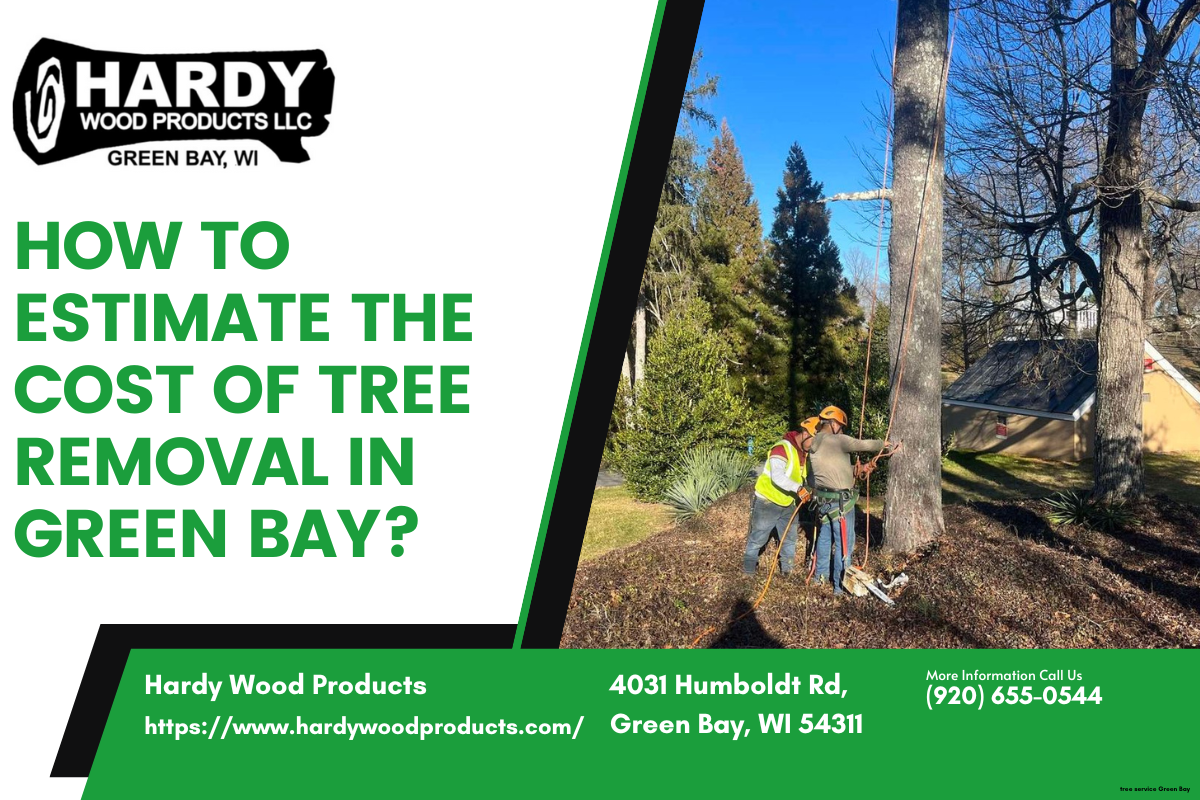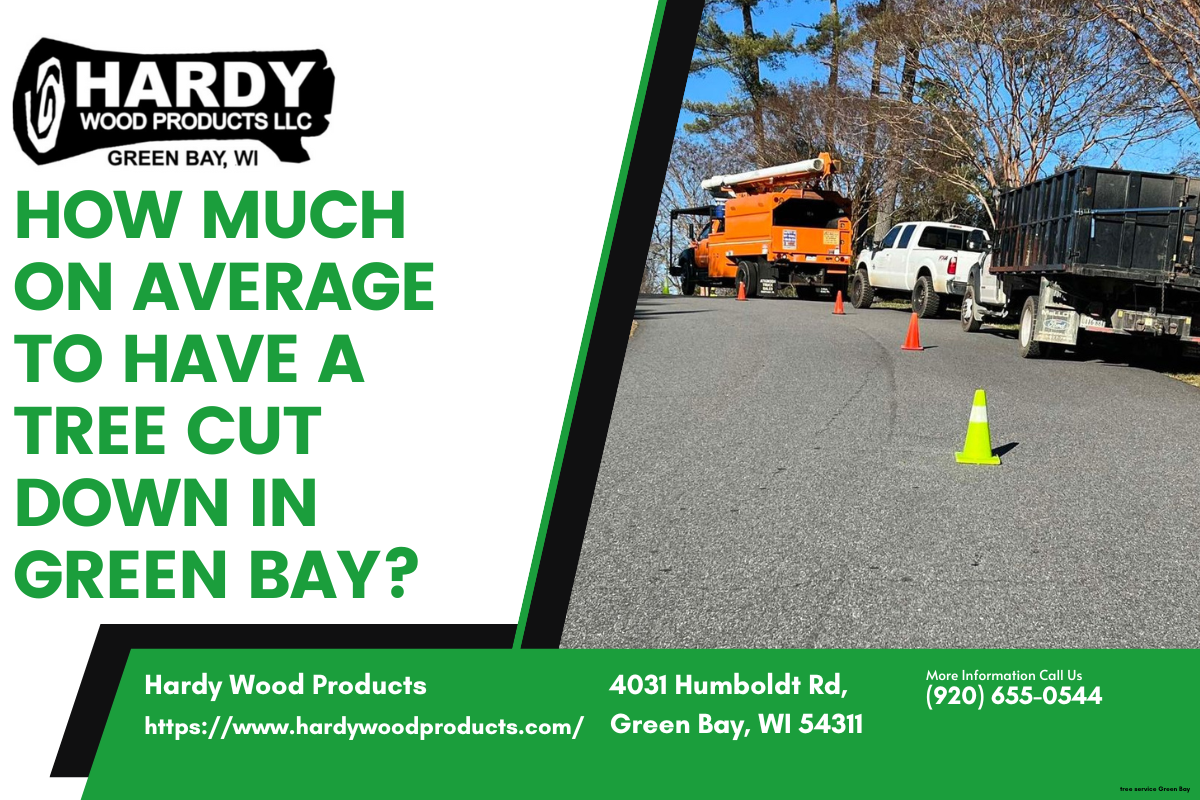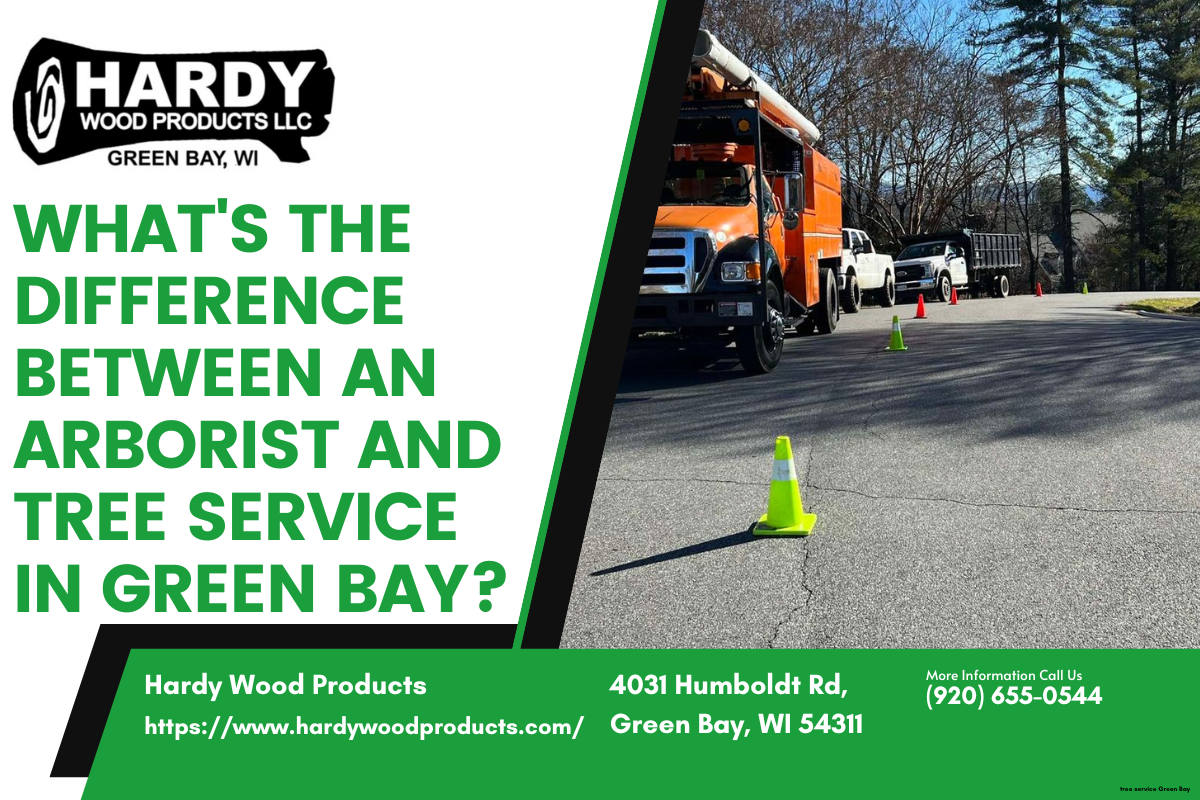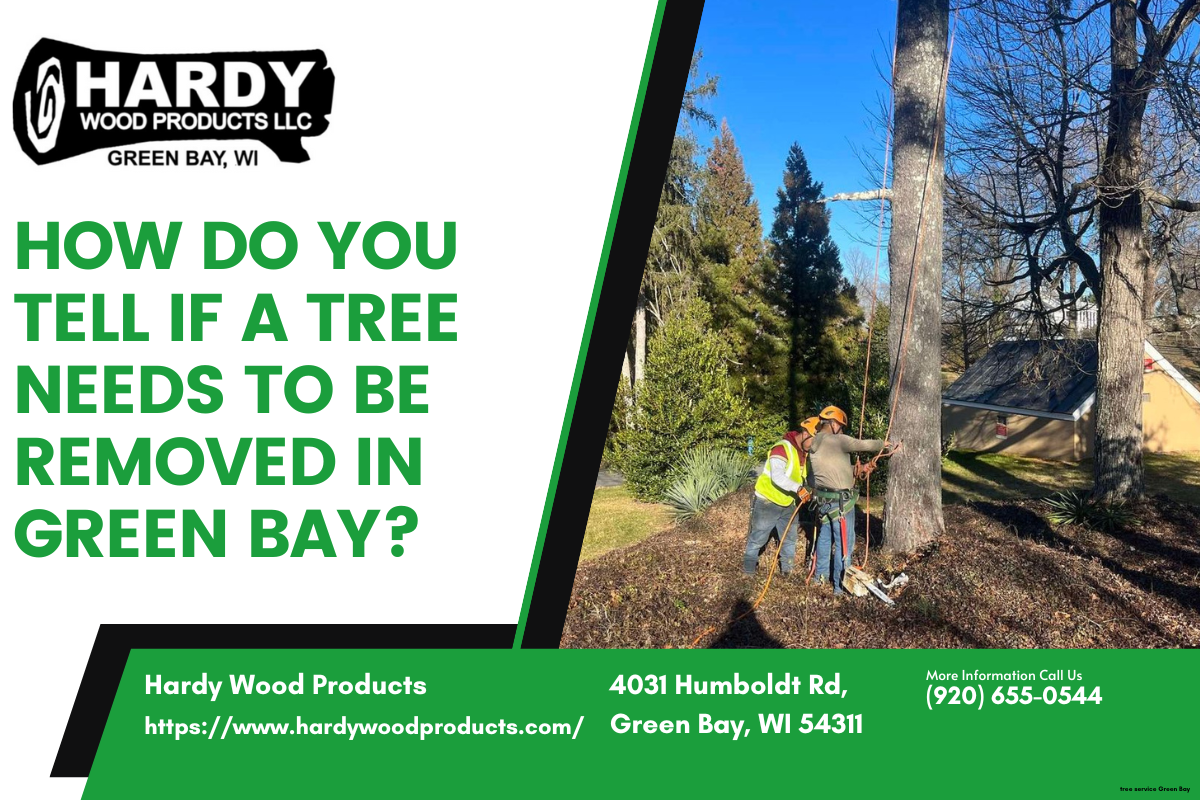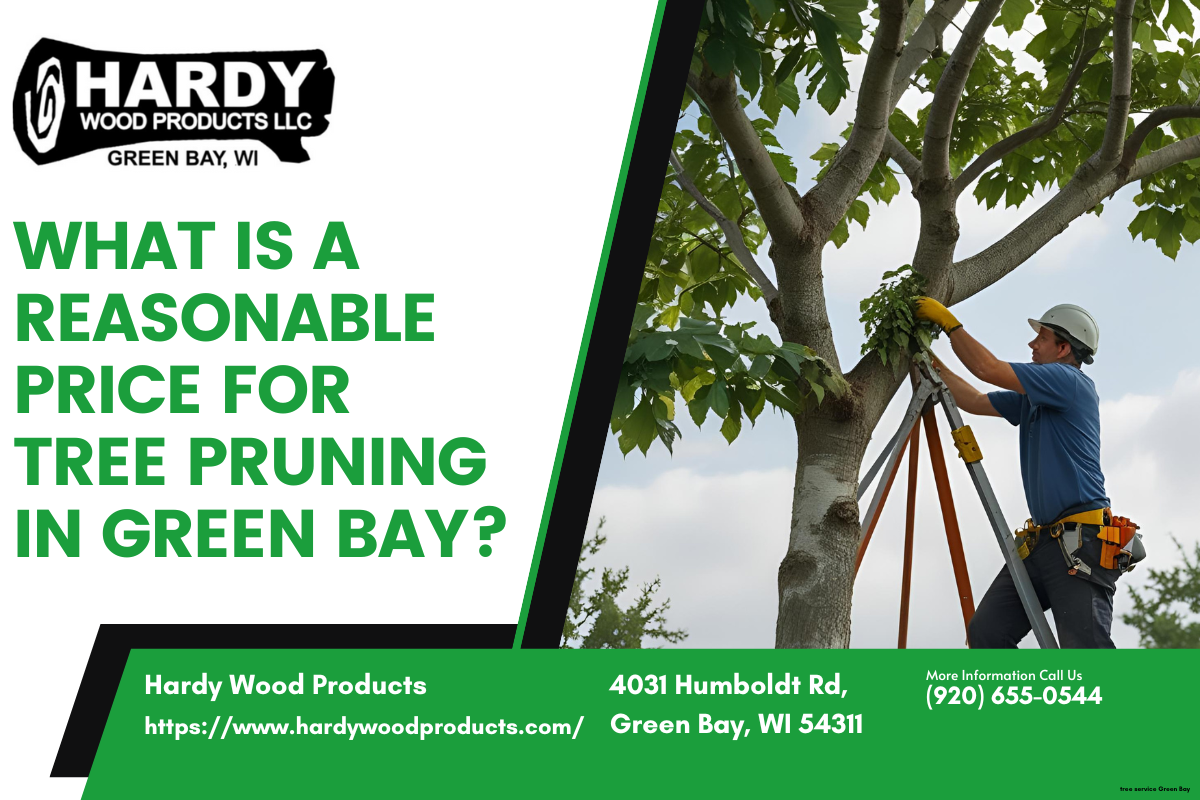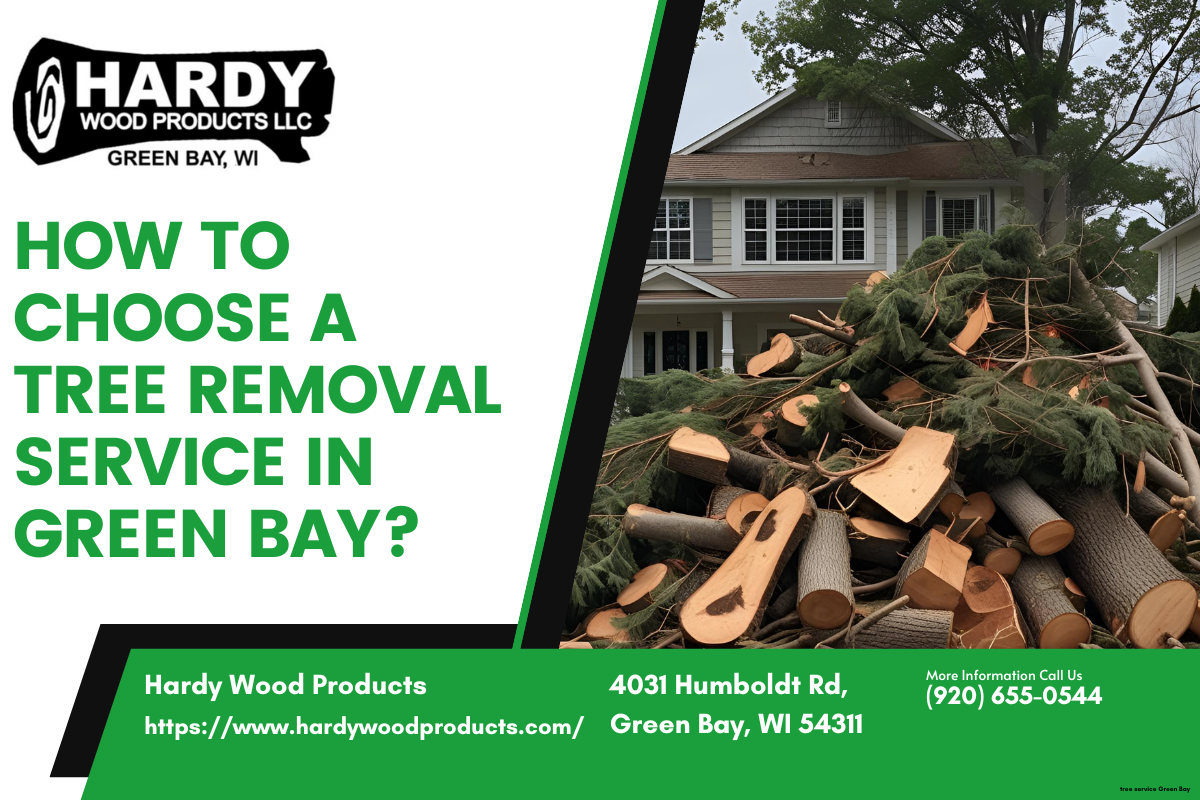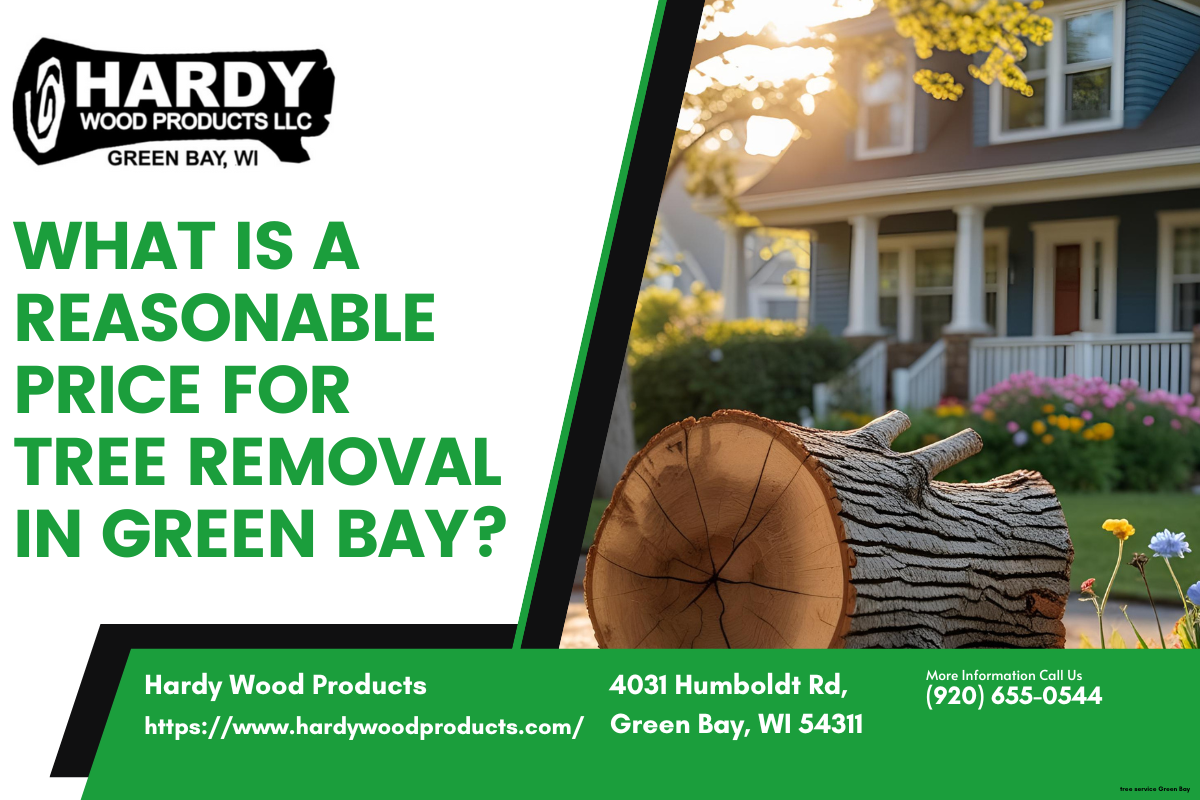TABLE OF CONTENTS
Estimating tree removal cost involves evaluating seven key factors: the tree's size (height and diameter), its accessibility and location on your property, its overall health and condition, the species of the tree, the scope of additional services like stump grinding, regional labor rates, and the credentials of the arborist. While costs can be as low as $150 for a very small tree or as much as $10,000 for a complex removal of a very large tree according to recent data, understanding these variables will empower you to budget accurately and evaluate professional quotes with confidence.
Why Tree Removal Costs Are So Variable
For many homeowners, a tree is a beloved feature of the landscape, providing shade, beauty, and character. However, when a tree becomes a hazard due to disease, storm damage, or proximity to structures, removal becomes a necessary safety measure. The first question that arises is often, "How much will this cost?" The answer is rarely a simple number. Unlike a standard home repair, tree removal is a highly specialized service where the price is tailored to the unique challenges presented by each individual tree and its environment. Navigating the quotes can feel overwhelming, but it doesn't have to be.
The core of understanding your potential cost lies in recognizing that you are not just paying for cut wood to be hauled away. You are investing in the safety of your property, the expertise of a skilled crew, and the use of sophisticated, heavy-duty equipment. The cost to remove a tree typically ranges between $200 and $2,000, with an average price of $750 as reported by NerdWallet. This guide will break down the essential components that arborists use to build their estimates, transforming you from a confused homeowner into an informed consumer who can confidently hire the right professional for the job.
The 7 Primary Factors That Influence Tree Removal Costs
A professional arborist conducts a detailed risk assessment before ever starting a chainsaw. This same level of detail goes into their pricing. By understanding what they look for, you can anticipate your project's cost and identify which factors have the most significant impact on your final quote. Let's explore the seven primary drivers of tree removal pricing.
1. Tree Size: Height and Diameter
The single most significant factor in determining the cost of tree removal is its size. This is measured in two key ways: height and trunk diameter. A larger tree requires more time, more complex rigging techniques, a larger crew for safety, and generates significantly more debris. The risk involved also increases exponentially with height, which is reflected in the price. A small, 20-foot ornamental tree can often be removed by a small crew in an hour or two with minimal equipment. In contrast, an 80-foot oak tree overhanging your home requires a highly coordinated effort, possibly involving cranes and advanced climbing techniques, that can take a full day or more.
Here is a general breakdown of how tree height typically correlates with cost. Remember that these are estimates, and other factors on this list will cause the final price to vary.
2. Accessibility and Location
Where the tree is located on your property is nearly as important as its size. A tree in an open, easily accessible front yard with no obstacles is the simplest and cheapest scenario. The crew can bring in their heavy equipment, such as a bucket truck or chipper, right up to the work zone. However, the complexity and cost rise sharply as access becomes more difficult. A tree in a tight backyard, surrounded by fencing, sheds, delicate landscaping, or other buildings, requires a much more methodical and labor-intensive approach.
In these situations, arborists must often climb the tree and carefully lower each section with ropes to avoid damaging surrounding property. This manual process takes far more time and skill. The proximity to hazards is also a major cost driver. If a tree is difficult to access because it’s too close to structures or power lines, the removal cost can increase by 25% to 50% according to industry analysis. Removing a tree leaning over a house or entangled in utility lines is a high-risk job that demands the utmost precision and, consequently, a higher price to cover the increased liability and specialized labor.
3. Tree Condition and Health
The health of the tree plays a crucial role in the removal strategy and cost. One might assume a dead or decaying tree would be easier and cheaper to remove, but the opposite is often true. A dead or diseased tree can be structurally unstable. The wood may be brittle and unpredictable, making it extremely dangerous to climb. Arborists must take extra precautions, and in some cases, a bucket truck or crane becomes mandatory for safety, even if the location is otherwise accessible. This specialized equipment adds to the overall cost.
Conversely, a healthy, robust tree is predictable, and the wood is strong enough to support a climber and rigging equipment safely. While the wood itself is harder to cut, the process is generally safer and more straightforward. An arborist will assess the tree for signs of disease, pests, hollow sections, and weak branch unions to determine the safest and most efficient method of removal, which directly impacts the labor hours and equipment needed for the job.
4. Species of the Tree
Not all trees are created equal. The species of the tree affects the removal cost due to wood density, branch structure, and overall growth habits. Hardwoods, like oak and hickory, are much denser and heavier than softwoods like pine or fir. This means they are harder on chainsaws and equipment, and the logs are heavier and more difficult to manage and transport. This added effort and wear on equipment can translate to a higher price.
The tree's growth pattern also matters. A tree with a single, straight trunk and sparse branching is simpler to dismantle than a multi-trunked tree or one with a wide, sprawling canopy and numerous large limbs. Each major limb may need to be individually roped and lowered, adding significant time and complexity to the project. For example, removing a tall, slender pine tree is often less complex than removing a broad, mature oak of the same height.
5. The Scope of the Job: Additional Services
A basic tree removal quote typically covers felling the tree and cutting it into manageable sections. However, the job often doesn't end there. Homeowners need to clarify exactly what is included in the estimate, as several common services are priced separately. Be sure to discuss these options with your arborist:
- Stump Grinding: Felling a tree leaves a stump behind. Stump grinding is a separate process that uses a powerful machine to chew the stump down below ground level. This service can add anywhere from $100 to $400 or more to the total cost, depending on the stump's size and accessibility.
- Debris Hauling: The estimate should specify whether the removal of all logs, branches, and leaves is included. Some companies may offer a lower price if the homeowner agrees to dispose of the debris themselves, but for large trees, this can be a monumental task.
- Wood Chipping: If you want the smaller branches and limbs turned into mulch for your garden, this service can sometimes be included or added for a fee. It's often more cost-effective than hauling away the brush.
- Log Splitting: If the tree is a quality hardwood and you have a fireplace or wood stove, you can request to have the logs left on-site. Some companies will even offer to cut them into firewood-length sections for an additional charge.
6. Regional and Local Market Factors
Just like the cost of housing or groceries, the cost of tree services varies significantly based on your geographic location. This is a crucial factor for anyone asking questions like, "How much is tree removal in MN?" The answer depends heavily on local economics. Prices in a major metropolitan area with a high cost of living will almost always be higher than in a rural community. This is due to higher local labor rates, insurance costs, fuel prices, and equipment maintenance expenses.
Local demand and regulations also play a part. In areas prone to hurricanes or ice storms, demand for tree services can spike, sometimes affecting prices. Some municipalities require permits for tree removal, especially for large or "heritage" trees, which can add administrative costs and time to the project. The level of competition among local tree care companies can also influence pricing. For these reasons, a national average provides a good baseline, but obtaining quotes from local, reputable companies is the only way to determine the true cost for your specific area.
7. The Arborist's Credentials: Insurance and Expertise
When comparing quotes, the cheapest bid is not always the best. In fact, an unusually low price can be a major red flag. Professional, reputable tree care companies carry two critical types of insurance: general liability and worker's compensation. This insurance is expensive but non-negotiable, as it protects you, the homeowner, from financial disaster if an accident occurs. If an uninsured worker is injured on your property or a tree falls on your neighbor's house, you could be held liable for damages and medical bills.
A certified arborist with extensive training and experience will command a higher rate than a less-qualified individual with a chainsaw. This premium pays for expertise in complex rigging, safety protocols, and proper equipment use. Investing in a properly insured and certified professional is an investment in peace of mind, ensuring the job is done safely and correctly, protecting both your property and your financial well-being.
Can I Save Money? Answering Common Cost-Cutting Questions
Every homeowner wants to get the best value for their money. While safety should never be compromised, there are ways to manage costs and make smart decisions about your tree care needs. Here are answers to some of the most common questions about saving money on tree removal.
What is the cheapest time of year for tree removal?
The cheapest time of year for tree removal is typically during the dormant season, which runs from late fall through winter. During this period, tree care companies often experience a slowdown in demand for services like pruning and general landscaping. This lower demand can lead to more competitive pricing and better availability. Additionally, the frozen ground in colder climates can be an advantage, as it is more stable and less prone to damage from heavy equipment. With the leaves gone from deciduous trees, the arborist has a clearer view of the tree's structure, which can make planning and executing the removal process more efficient.
Should I consider trimming instead of removal?
In some cases, yes. If a tree is fundamentally healthy but has overgrown limbs, dead branches, or is encroaching on your roof or power lines, professional trimming (or pruning) can be an excellent and more affordable alternative to full removal. Proactive trimming not only resolves immediate issues but also promotes the long-term health and structural integrity of the tree, potentially preventing the need for a costly emergency removal down the road. According to industry figures, tree trimming for trees under 30 feet tall costs an average of $80 to $550 as reported by NerdWallet. For larger trees, the average cost to trim trees between 30 and 60 feet is $150 to $900 , a source confirms. An evaluation from a certified arborist can help you determine if your tree can be saved with proper care.
Is DIY tree removal a good idea?
For any tree larger than a small sapling that can be removed with a simple handsaw, the answer is an emphatic no. DIY tree removal is one of the most dangerous home maintenance tasks a person can undertake. Professionals have extensive training, specialized safety gear, and an understanding of tree physics that the average homeowner lacks. The risks are immense and include severe injury or death from falls, falling limbs, or chainsaw accidents. There is also a high risk of catastrophic property damage to your home, your neighbor’s property, or nearby power lines. The potential financial fallout from a DIY accident far exceeds the cost of hiring an insured professional.
How to Get an Accurate and Trustworthy Estimate
Now that you are armed with knowledge, you can confidently navigate the process of hiring a tree removal service. Following a structured approach will help you find a qualified professional and get a fair, transparent price for your project.
- Seek Multiple Quotes: Always contact at least three different reputable, local tree care companies for an in-person estimate. This will give you a clear sense of the fair market rate for the job in your area and help you spot any bids that are unusually high or low.
- Verify Credentials: Before allowing anyone to provide an estimate, ask for proof of their general liability and worker's compensation insurance. A professional company will readily provide a certificate of insurance. You can also look for credentials like certification from the International Society of Arboriculture (ISA).
- Request an Itemized, Written Contract: Do not rely on a verbal agreement. A professional estimate should be a written document that details the full scope of work. It should clearly state what is included: the exact trees to be removed, stump grinding, debris hauling, site cleanup, and the total cost.
- Discuss the Process: Ask the arborist how they plan to perform the removal. What equipment will they use? What precautions will they take to protect your lawn and property? Their answers will reveal their level of professionalism and expertise.
- Check Reviews and References: Look up online reviews for each company and consider asking for references from recent local jobs. Hearing about the experiences of other customers is one of the best ways to gauge a company's reliability and quality of work.
Conclusion: Investing in Professional and Safe Tree Removal
Estimating the cost of tree removal is a complex process, but it is not a mystery. By understanding that the price is a direct reflection of size, accessibility, condition, and the level of risk and labor involved, you can better appreciate the value provided by a professional service. A detailed quote is more than just a number; it's a comprehensive plan for safely and efficiently resolving a potentially hazardous situation on your property. Being an informed homeowner allows you to ask the right questions, accurately budget for the project, and select a qualified, insured arborist with confidence.
Ultimately, paying for professional tree removal is an investment in the safety of your home, your family, and your financial future. It ensures the job is done correctly, mitigating the enormous risks associated with this difficult work and giving you lasting peace of mind.
For homeowners in the Green Bay area seeking expert tree care and removal services, trust is paramount. At Hardy Wood Products, we combine years of experience with a commitment to safety and customer satisfaction to handle even the most challenging projects. Our team provides comprehensive, transparent estimates that account for every aspect of the job. Contact us today to schedule a consultation and experience the professional care your property deserves.
.png)
